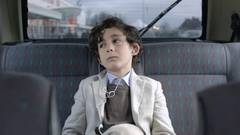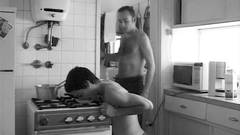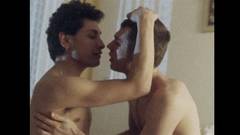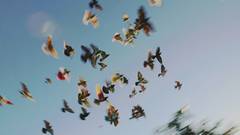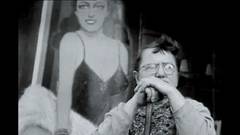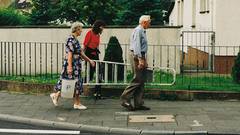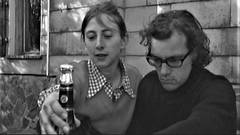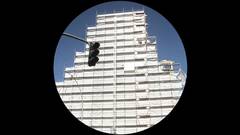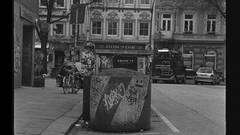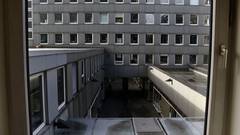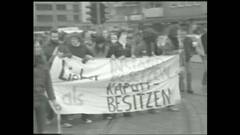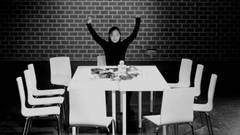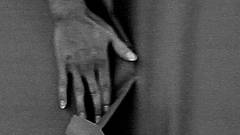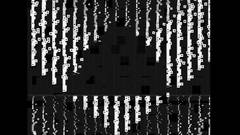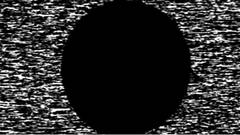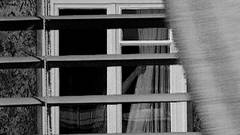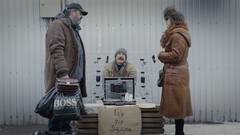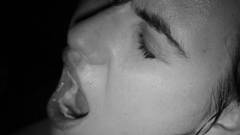Bárbara Wagner / Benjmain de Burca · Deutschland, Brasilien / Germany/Brazil 2017 · 16'00 Min. · Farbe · ·
Für ihr Projekt für die Skulptur Projekte Münster 2017 nahmen Bárbara Wagner und Benjmain de Burca den deutschen Schlager in den Fokus und hinterfragten historische und strukturelle Prinzipien dieses Genres mittels vor Ort produzierter Musikvideos. Die Diskothek "The Elephant Lounge" in der Münsteraner Altstadt fungierte dabei sowohl als investigativer Ausgangspunkt wie auch als Präsentationsort ihrer Videoinstallation. Die versteckt in einer Passage gelegene Diskothek bedient seit 1974 ein breites, generationenübergreifendes Publikum.
Nach dem Schlager-Boom der 1950er Jahre führte die Schlagerindustrie jahrzehntelang ein erfolgreiches Nischendasein. Nach einer ersten Renaissance in den 1990er Jahren erlebt der deutsche Pop momentan eine weitere Welle neuer, nun mehr elektronisch gefärbter deutschsprachiger Musik, deren Inhalte und Ästhetik an Schlagermuster anknüpfen. In einer Stadt, deren Wahrnehmung oft über sogenannte Hochkultur generiert und befördert wird, trifft das Nachkriegsmusikgenre Schlager an Orten wie der "Elephant Lounge" offensichtlich einen bestimmten Nerv, der sich in den eskapistischen Qualitäten, eingängigen Motiven und der leicht verständlichen Sprache der Musik spiegelt. Die Außenperspektive ermöglichte dem in Brasilien lebenden Künstlerduo einen Blick auf diese Entwicklung und ihren gesellschaftlich-kulturellen Gesamtkontext. (Nico Anklam)
For their project in Münster, Bárbara Wagner and Benjmain de Burca have focused on schlager, a particular style of German pop music, and examined the historical and structural principles of this genre by means of music videos produced on location. "The Elephant Lounge" discotheque in Münster's historic old town is the starting point for the investigation as well as the venue for the presentation of their video installation. Since 1974, the disco, which is tucked away in a passageway, has been catering to a broad group of people that spans the generations.
Following the schlager boom of the 1950s, Germany's Tin Pan Alley spent decades leading a successful niche existence. After its first renaissance in the 1990s, German pop music is currently experiencing another wave of new, more electronically tinged German-language music whose lyrics and aesthetic tastes are closely associated with the schlager model. In a city where cultural perception is often generated and advanced through so-called "highbrow" culture, the post-war music genre of the schlager obviously strikes a certain nerve, which is mirrored in the music's escapist qualities, catchy motifs, and easily understandable lyrics. The music videos were made on location in Münster and shot with the help of local producers and film crews. Their external perspective enabled the artist duo, who live in Brazil, to view this development and its overall sociocultural context. (Nico Anklam)
 KurzFilm Festival Archiv Hamburg
KurzFilm Festival Archiv Hamburg
